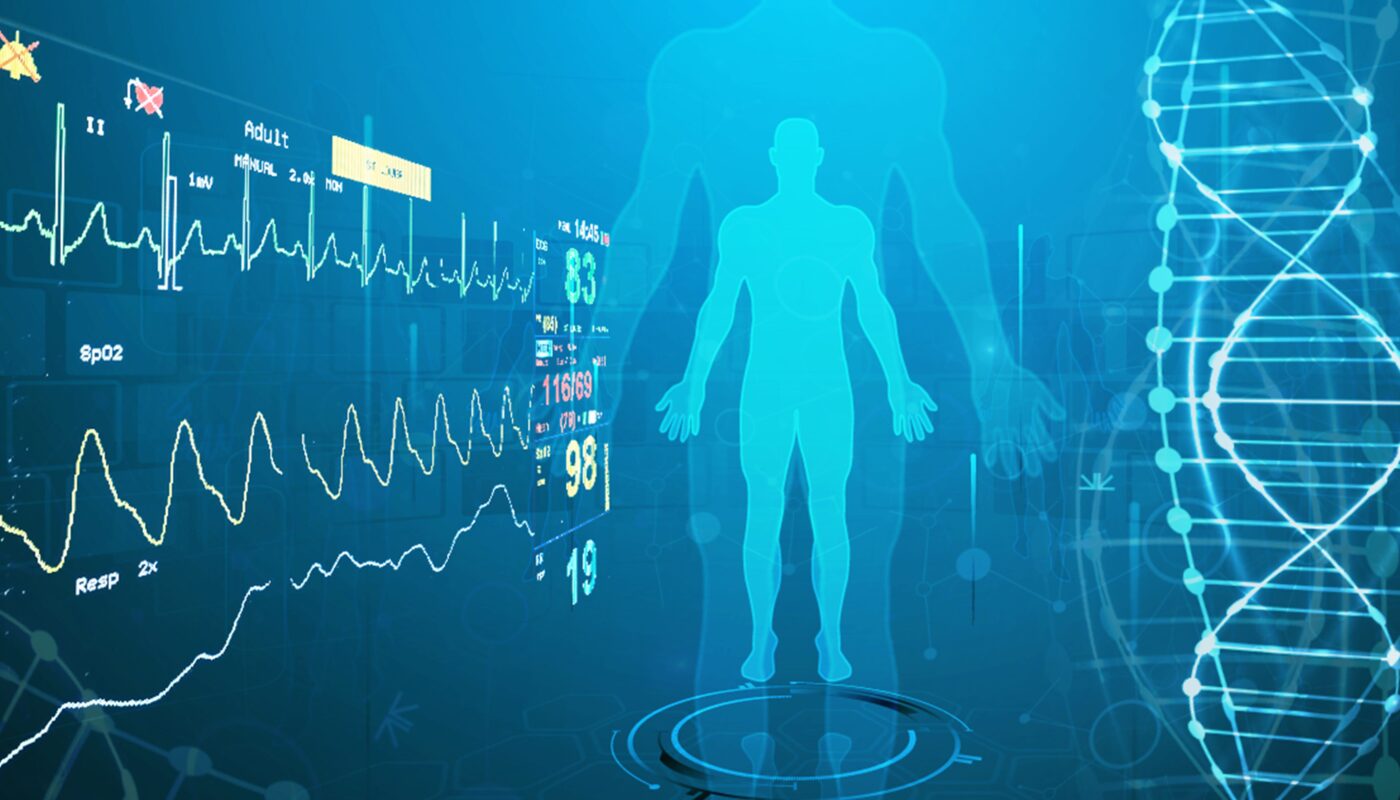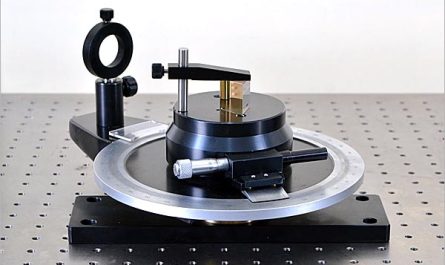Biohacking is the practice of conducting experiments on human biology through predominantly do-it-yourself methods and outside of traditional medical settings or oversight mechanisms. As technologies progress at an exponential rate, many see biohacking as the next frontier in human enhancement and control over our own biology. However, others have concerns about safety and ethical issues that could arise from unregulated experimentation on the human body. This article will explore both perspectives on the growing biohacking movement.
Early Experiments in DIY Biology
One of the earliest forms of Biohacking involved implanted electronics and biosensors. Pioneers like Tim Cannon were among the first to implant magnets under their skin to sense magnetic fields or add basic input/output functionality. Others experimented with hacked glucose monitors or implanted chips that could open doors. While crude by today’s standards, these early experiments demonstrated the ability for citizens to modify their own biology through DIY methods.
Groups like BioCurious in California helped popularize the concept of community wet labs where biohackers could legally experiment with basic gene editing, cell cultures, and other technologies outside of traditional academic settings. This helped grow the movement by offering resources normally unavailable to non-scientists eager to participate in hands-on human enhancement research. However, governmental bodies worried these unregulated spaces could lead to unsafe experimentation without oversight.
Gene Editing and the Dawn of CRISPR
The discovery and refinement of CRISPR gene editing technology significantly lowered the barriers to modifying human DNA. No longer constrained by cost or specialized expertise, DIYbio groups raced to become the first to use CRISPR to edit genes in human cells grown in petri dishes. While primitive, these proof-of-concept studies demonstrated the promise of customizable genetic self-hacking available directly to citizens, not just major research institutions. However, they also heightened fears about unleashing a powerful technology without fully understanding safety issues.
Controversial figure Josiah Zayner gained notoriety as the first person to self-experiment with a CRISPR injection in 2017, attempting to modify his own muscle cells. While the procedure did not have any discernible effects, many saw it as a watershed moment showcasing both the promise and hazards of unfettered DIY human enhancement experimentation. It exacerbated discussions around how to regulate powerful new technologies being used outside of oversight safeguards.
Hardware Hacking the Human Body
As genetic technologies advanced, biohackers also explored mechanical and electronic human modification through implants, brain-computer interfaces, and other hardware-focused approaches. These experiments have ranged from implanted magnets and radio frequency identification chips tuned to trigger certain responses, to neural implants that hack the eye or bypass disabilities by tapping directly into the nervous system.
While still in crude early prototypes, some envision a future where customized cybernetic implants become as easy to install and configure as upgrading your smartphone’s software today. However, hardware modifications carry unique risks not present with software that could inadvertently damage tissues, disrupt organ function, or violate permanent aspects of underlying human biology in ways genes can potentially reverse. Concerns remain around how to ensure implanted biohacking technologies don’t cross dangerous thresholds requiring centralized evaluation just yet uncharted.
The Ethics and Regulation Debate
Both proponents and skeptics of the biohacking movement raise important ethical questions that remain hotly debated. Many see biohacking as an inevitable outgrowth of human curiosity and a chance for citizens to take control of their own destiny through technologies that could cure disease, extend lifespans, or empower through enhancement. They see top-down regulation of self-experimentation as an unacceptable restriction on personal freedom and choice around one’s own body.
However, others argue certain classes of technologies like germline gene editing or human-machine neural integration carry risks too severe to leave to unregulated amateur experimentation. They believe some oversight is necessary to ensure innovations meet safety standards and don’t inflict unintended harm before being made widely available. There are also concerns around exacerbating inequality if only wealthy individuals have access to cutting-edge enhancement techniques while the rest of society risks becoming left behind.
As biohacking advances at its own grassroots pace through DIY communities, there will likely continue to be tensions between those seeking control over their biological destiny through self-experimentation, and governments or medical bodies trying to establish guardrails around technologies too risky for unfettered use outside of their oversight. The coming decade will help shape how biohacking is governed and its ultimate impact on the future of humanity.
*Note:
1. Source: Coherent Market Insights, Public sources, Desk research
2. We have leveraged AI tools to mine information and compile it


